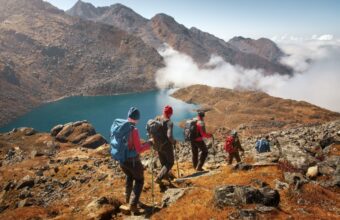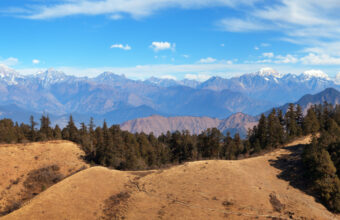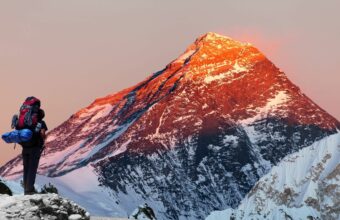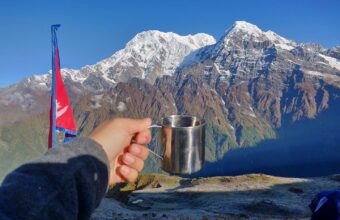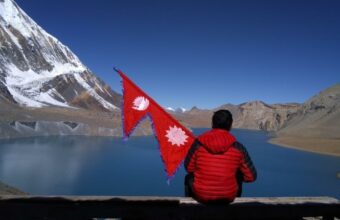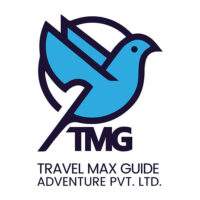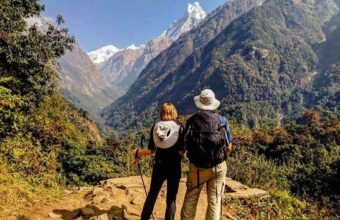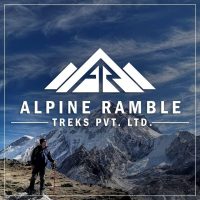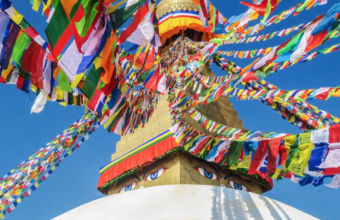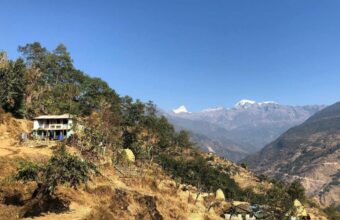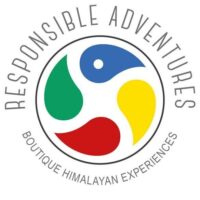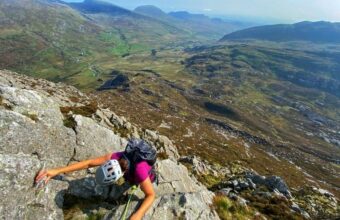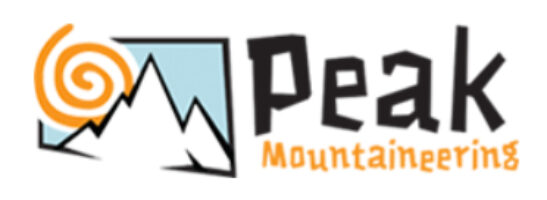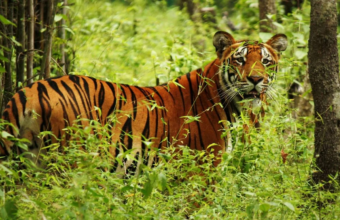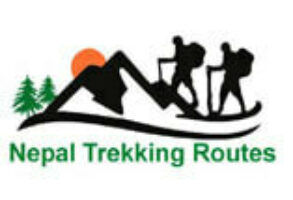Nepal
The country at the top of the world
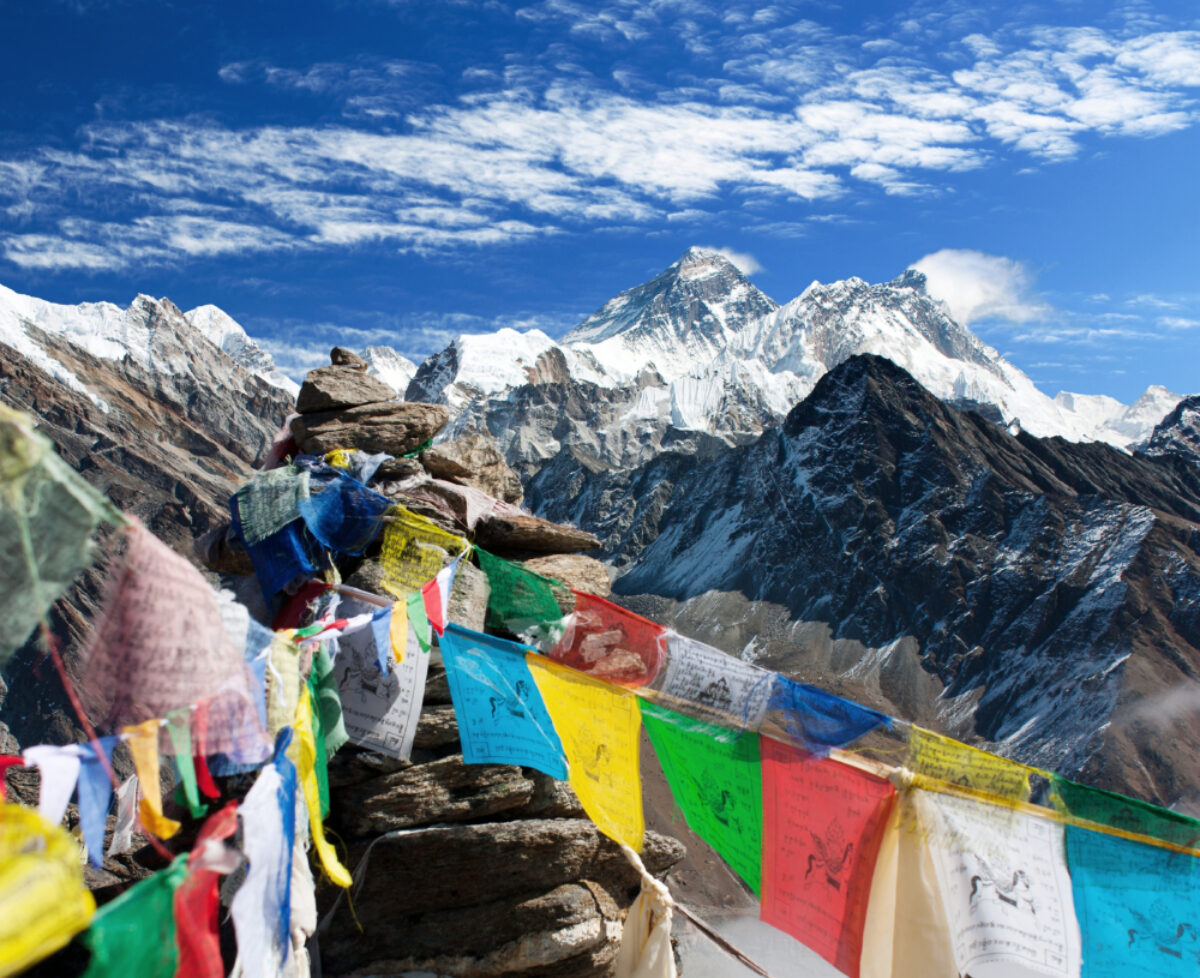
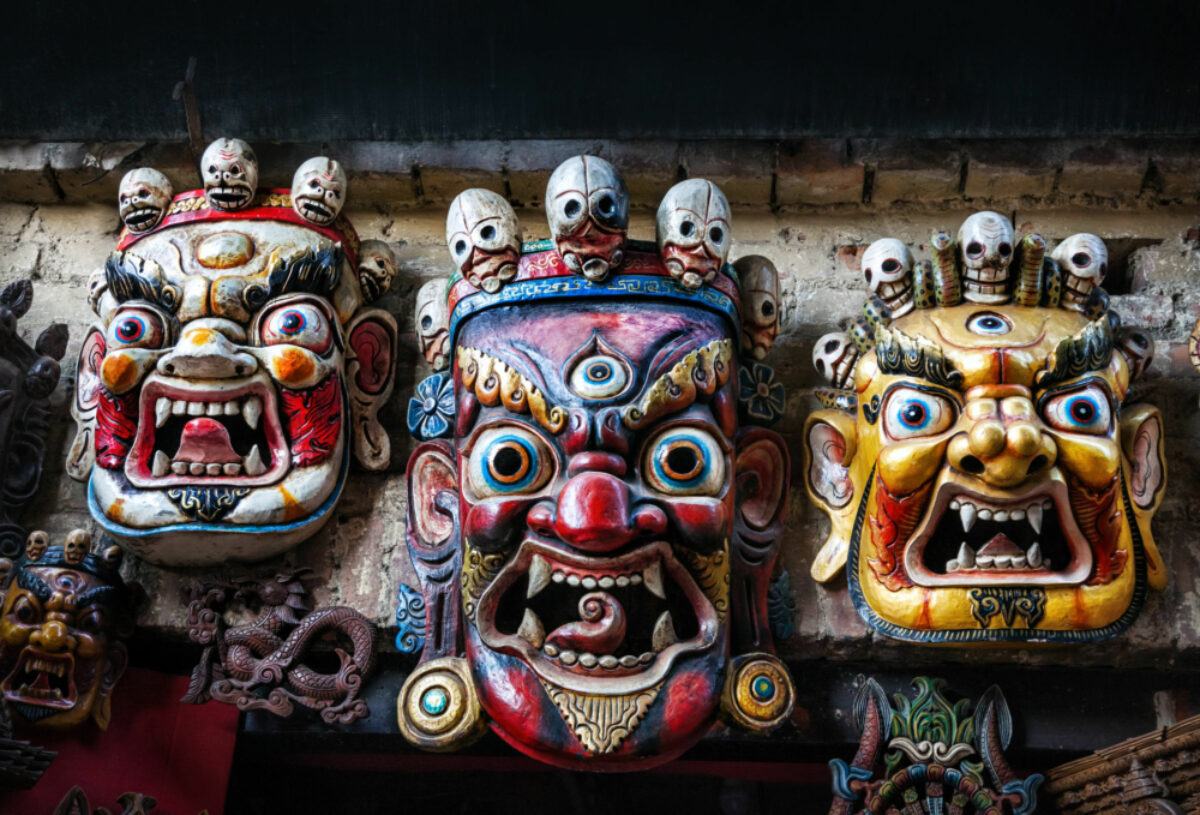
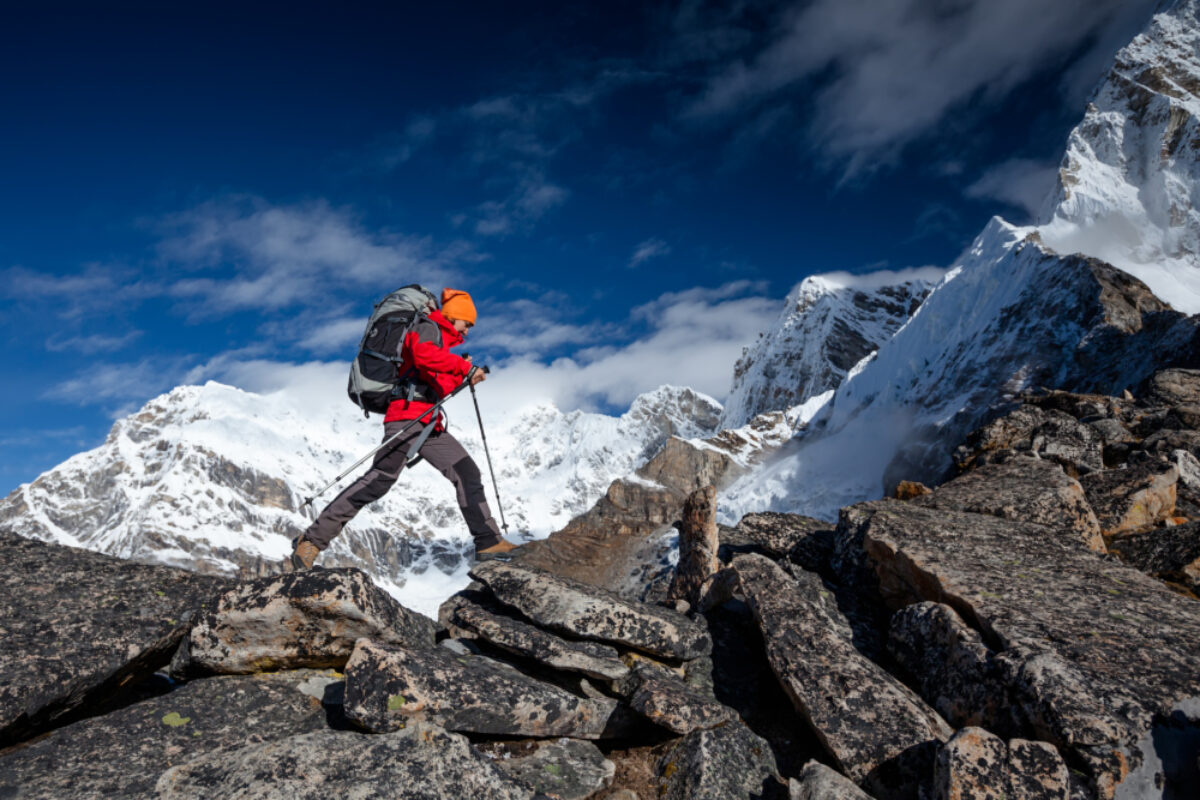
Home to Mount Everest and more than half of the planet’s other 8,000m-plus mountains, Nepal stakes a strong claim as the trekking capital of the world.
Nepal was closed to outsiders and most foreign influences for the first half of the 20th century, and when the first western mountaineers and trekkers arrived in the 1950s they were enchanted by what they discovered. The country was living in a medieval time warp and even the capital, Kathmandu, was little more than a collection of temples, shrines, palaces, markets and red brick townhouses. There were almost no roads in the country and those first mountaineers and trekkers had to walk from Kathmandu’s Durbar Square to Everest and the other big peaks.
Things have come on a long way since then. Kathmandu is now a sprawling mega-city, the ever-expanding road network fans out across much of the lower and flatter parts of the country and the Nepal trekking industry is second to none. One thing that hasn’t changed though is the magnificence of the mountains, the sheer beauty of the countryside, and the unending warmth of welcome displayed by the Nepalese people. These are what continue to make Nepal such an attractive trekking destination.
With the spectacular Himalayas running down its eastern side, it’s no surprise Nepal is known as the roof of the world. Getting out into these vast panoramas with their immense snowy peaks, flower-strewn meadows and sparkling lakes — while also making time to relax at chilled out Pokhara — is reason enough to visit.
But there's far more to Nepal than just mountains and trekking.
Down on the hot lush plains of the Terai, you'll find a brace of magical national parks where rare beasts like one-horned rhino and tiger roam and the trees twitch with birdlife. Your chances of seeing rhino are surprisingly high if you visit in the spring. Then there are the cultural jewels, a scattering of ancient cities stuffed with serene temples, cobbled alleys and hidden squares. In parts of Bhaktapur, Patan and the vibrant capital Kathmandu, it feels like life hasn't changed in generations.
Trekking in Nepal
Everything you need to know about Nepal trekking
The Nepal trekking industry is plagued with an oversupply problem – there seem to be more trekking operators than actual trekkers, which puts immense downward pressure on prices. This might seem like a good thing for you, but when you see a 12 day EBC trek for $800 it means corners are being cut somewhere, usually in the pay and quality (and therefore safety and wellbeing) of ground staff. Personally I always recommend booking with a Nepal based and owned operator, but do plenty of homework first...read more
14 days
Annapurna & Poon Hill Sunrise Trek
A customisable trek to the Annapurna Sanctuary and Poon Hill
14 days
Forbidden Mustang & Walled City Trek
A trek through Nepal’s restricted Tibetan side
15 days
Manaslu Circuit Trek
A wilder, quieter and more remote trek to see Himalayan giants
-
Kagbeni
... -
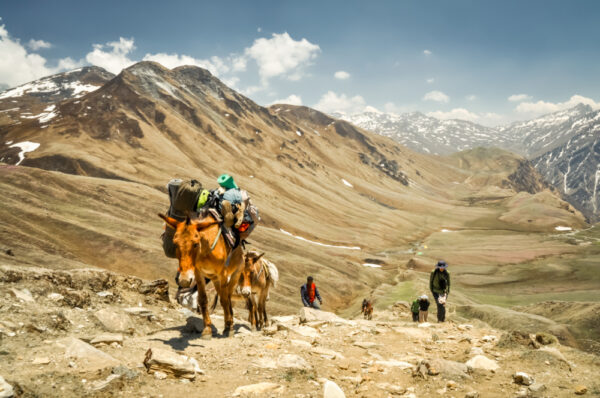
Dolpo region
A vast and little-known area of western Nepal, Dolpo is a magical region of frozen desert, piercing blue skies and unnamed peaks... -
Lo Manthang
... -
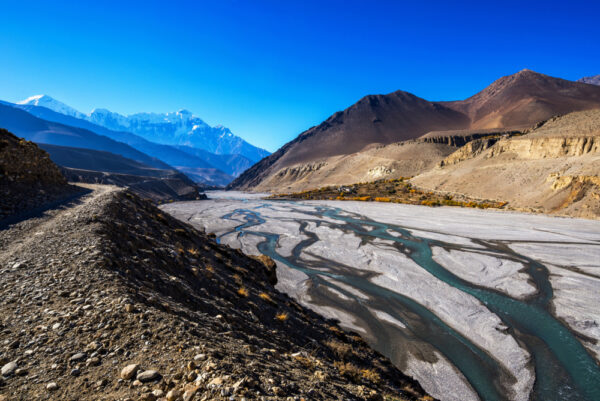
Upper Mustang
Nepal's cultural heartland
North, beyond the highest Himalayan peaks, is Upper Mustang... -
Langtang Valley
... -
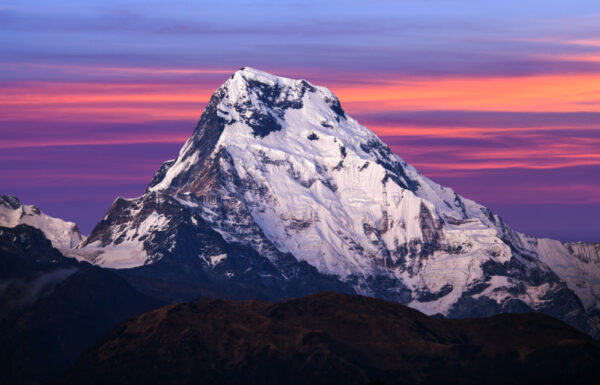
Annapurna Region
From the lakeside resort town of Pokhara, a great wall of white fills the northern horizon... -
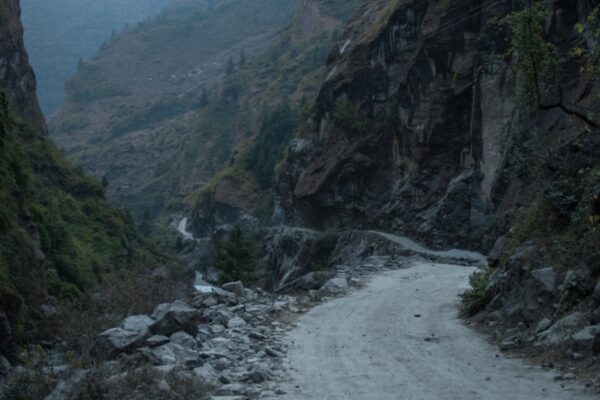
Dharapani
... -
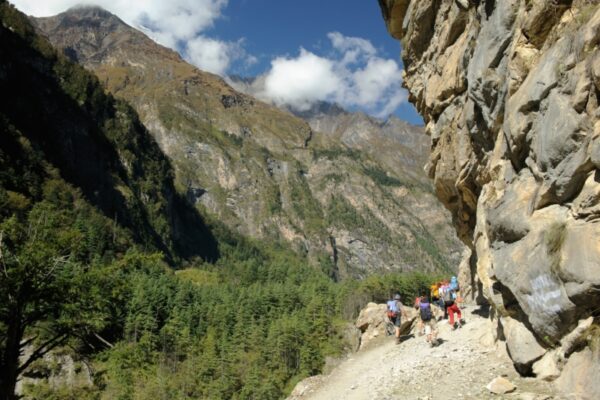
Chame
... -
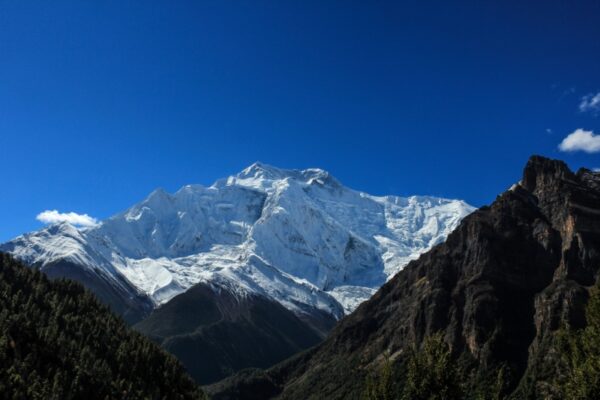
Upper Pisang
... -
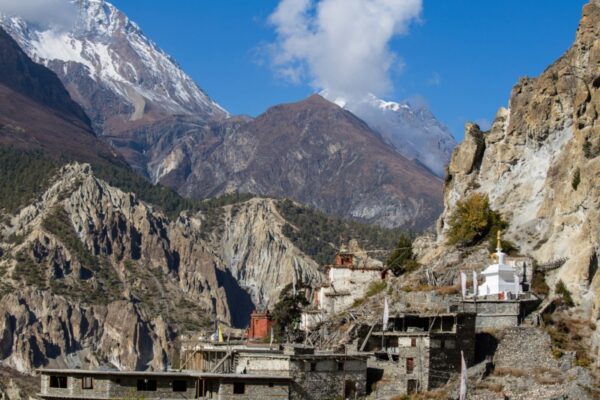
Manang
... -
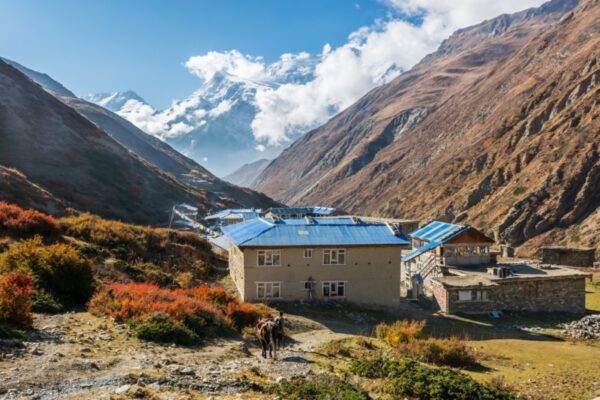
Yak Kharka
... -
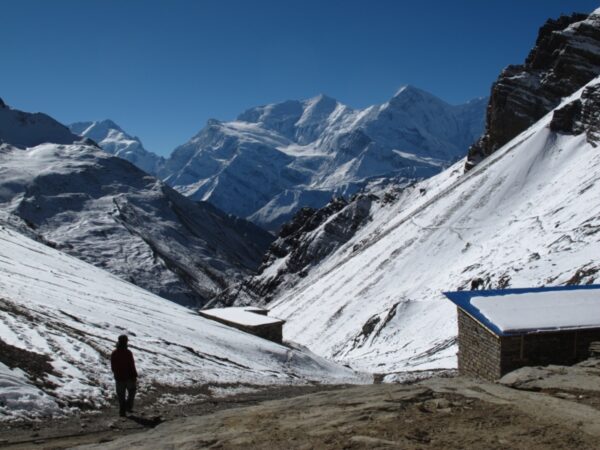
Thorung Phedi
... -
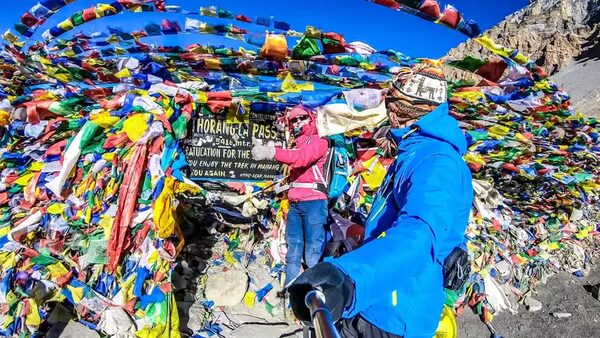
Thorung La
... -
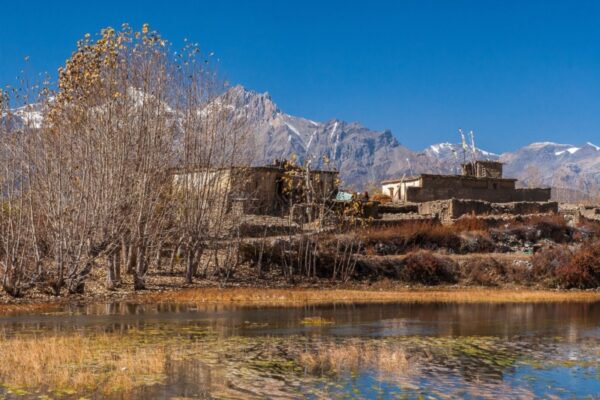
Muktinath
... -
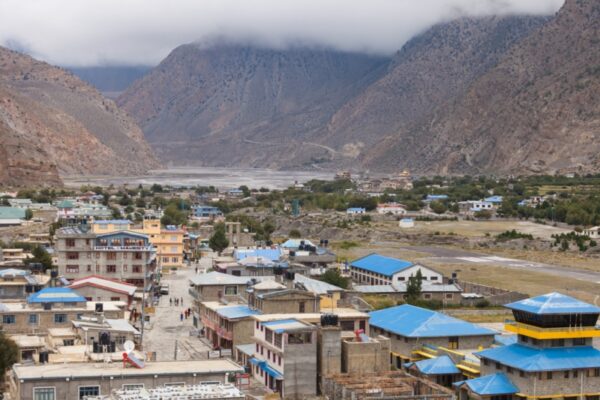
Jomsom
... -
Jomsom
... -
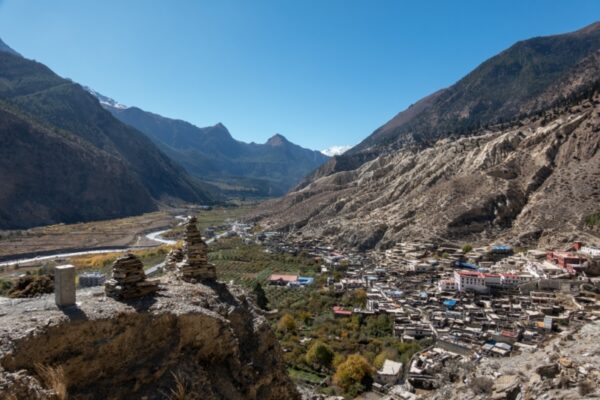
Marpha
... -
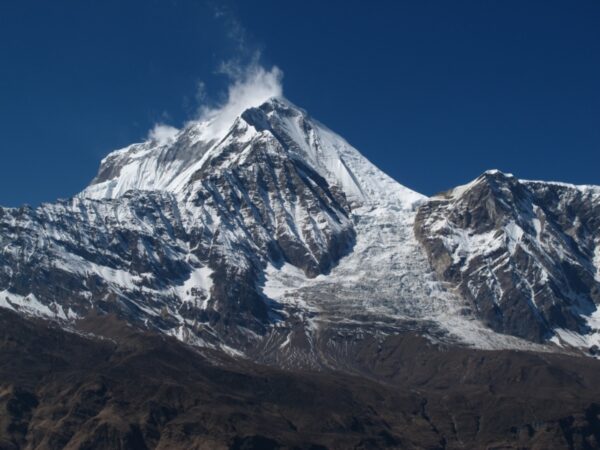
Larjung
... -
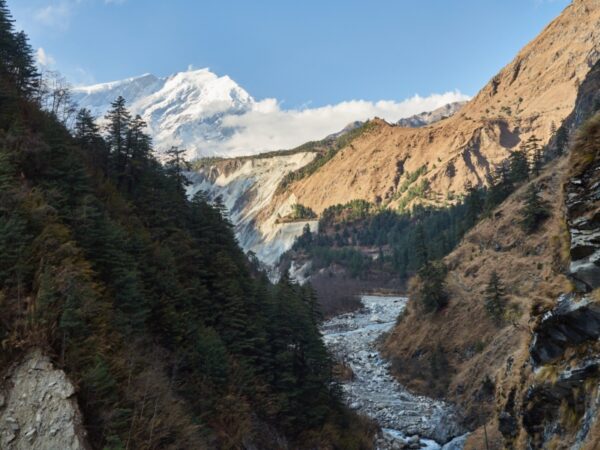
Ghasa
... -
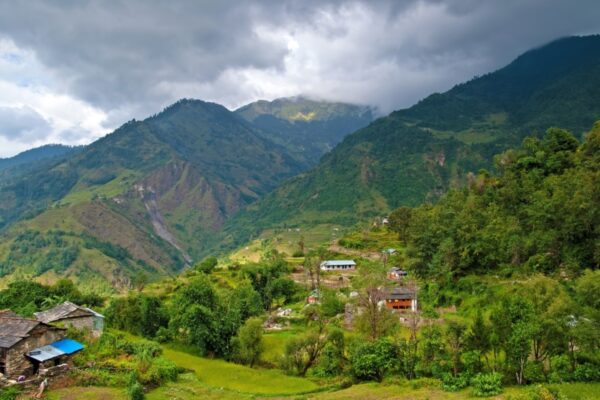
Tatopani
... -
Tatopani
... -
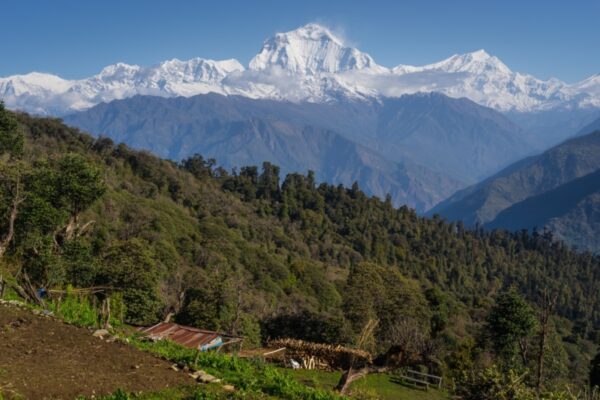
Ghorepani
... -
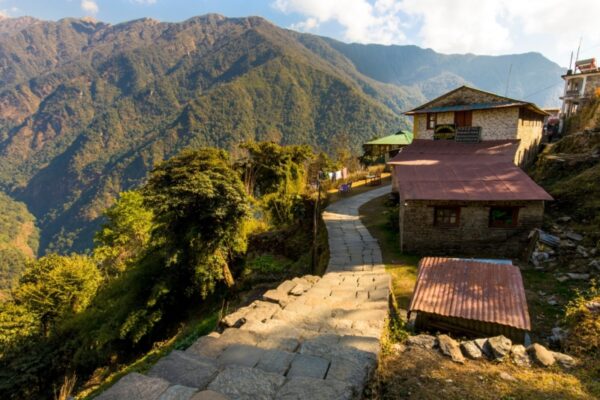
Naya Pul
... -
Pokhara
... -

Everest Base Camp
A trek to Everest base camp is as much a pilgrimage as a straightforward trek, but there’s much more to the region than ‘just’ Mt Everest... -
Kathmandu
... -
Machha Khola
... -
Phakding
... -
Gokyo Lakes
... -
Tengboche Monastery
... -
Kala Patthar
... -
Cho La Pass
... -
Namche Bazaar
... -
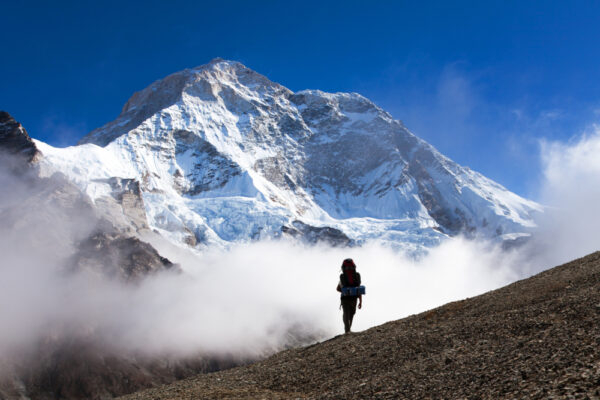
Makalu
One of the great forgotten trekking routes of Nepal, the strenuous two-week march straight to the base camp of the world’s fifth-highest mountain, the daunting Mt Makalu (8,463m) will delight those who revel in tranquil mountain trails, a sense of being off the beaten path and, most importantly, awesome mountain views... -
Chitwan National Park
... -
Larkya La Pass
... -
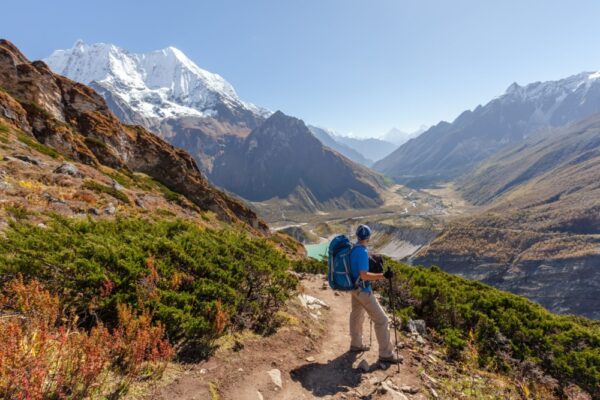
Manaslu region
The trails around mighty Manaslu (8,156m), the world’s eighth-highest mountain, have it all... -
Poon Hill
... -
Machhapuchhare Base Camp
... -
Thasang
... -
Galeshwor
... -
Chisapani
... -
Gul Bhanjyang
... -
Magingoth
... -
Tharepati
... -
Surche Phedi
... -
Lauribina
... -
Thulo Syabru
... -
Lama Hotel
... -
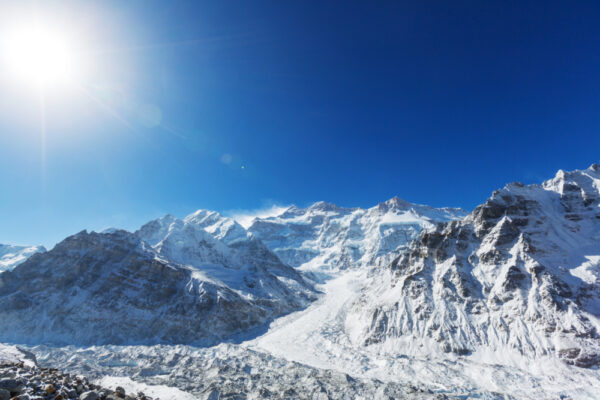
Kanchenjunga
Way out in the east of Nepal a wall of rock and ice rises up over eight and half kilometres into the sky... -
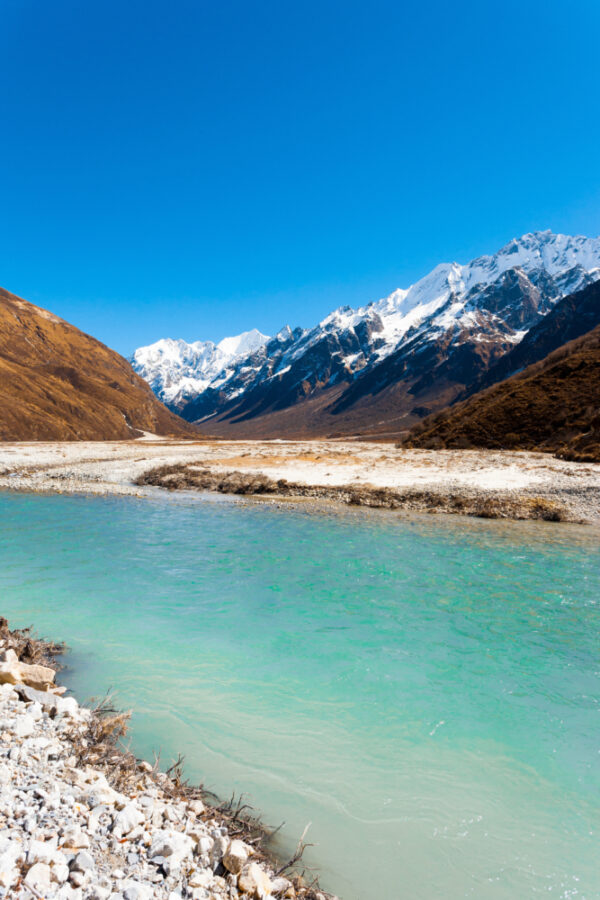
Langtang region
Often visible from Kathmandu city centre, the Langtang range offers the most accessible trekking in Nepal... -
Kyanjin Gompa
... -
Lobuche
... -

Far West Nepal
Remote, unspoiled and little-visited
In terms of development, the far west of Nepal comes at the bottom of almost every list, but for adventure and wonder, the region is near the top of the class... -
Dingboche
... -
Syabru Besi
... -
Pheriche
... -
Monjo
... -
Ghorepani
... -
Lukla
... -
Chhomrong
... -
Sinuwa Hill
... -
Deurali
... -
Dovan
... -
Annapurna Sanctuary
... -
Soti Khola
... -
Philim
... -
Machhapucchare Base Camp
... -
Samdo
... -
Namrung
... -
Lho
... -
Deng
... -
Phortse
... -
Ghilin
... -
Samar
... -
Larkya Glacier
... -
Chhusang
... -
Tange
... -
Yara
... -
Lumbini
... -
Pashupatinath
... -
Mount Dhaulagiri
... -
Limi Valley
... -
Khumbu (Everest) Region
...
Places to go in Nepal
Nepal Tours
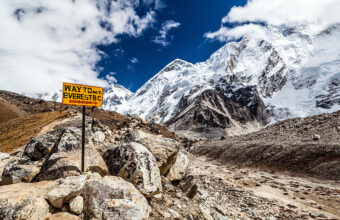
Everest Base Camp Trek
The classic route to Everest Base Camp
16 daysFrom $1,625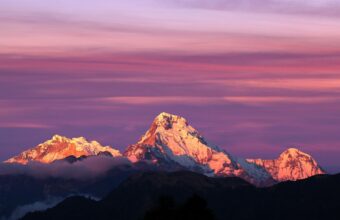
Annapurna & Poon Hill Sunrise Trek
A customisable trek to the Annapurna Sanctuary and Poon Hill
14 daysFrom $1,350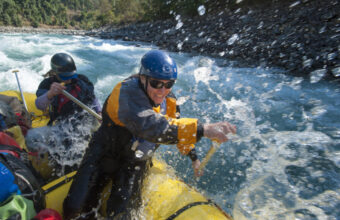
Mustang Multisport Adventure
Epic bike, hike and rafting adventure
12 daysFrom $2,890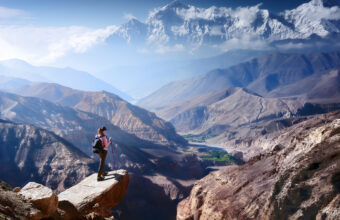
Forbidden Mustang
A trek through Nepal’s restricted Tibetan side
14 daysFrom $2,235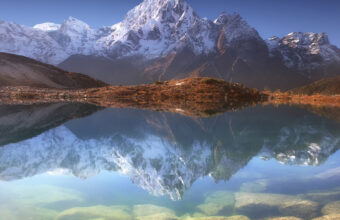
Manaslu Circuit Trek
A wilder, quieter and more remote trek to see Himalayan giants
15 daysFrom $1,750